Unilever boosted marketing spend by 0.4 percentage points to 15.5% of turnover in H1 2025 as it sought to build a "marketing and sales machine that drives desire at scale".
In its H1 results the consumer goods giant said the move contributed to a 3.7% drop in operating profits in its beauty and wellbeing division, "as we increased brand and marketing investment behind key innovations and market development".
Unilever reported revenues of €30.1 billion ($34.3 billion) for H1, up 3.2% year on year, and earnings before tax of €6.1 billion ($6.96 billion), down 9%.
Fernando Fernandez, chief executive of Unilever, who joined the business in March, said: “We are building a marketing and sales machine that drives desire at scale in our power brands and ensures execution excellence across all channels to deliver consistent volume growth and gross margin expansion.”
Unilever’s
30 “power brands”, which include Ben & Jerry’s, Cornetto, Dove, Hellmann's and Magnum, make up more than three-quarters of turnover.
The company is undergoing a turnaround strategy to boost its performance, including spinning off its ice-cream division and 7,500 job cuts, around 6,000 of which had been carried out by the end of H1 2025.
The demerger of Unilever’s ice-cream brands Ben & Jerry’s and Magnum, which will be called The Magnum Ice Cream Company, is due to take place in mid-November.
He called it a "significant shift" for the business and he wanted a "machine-like approach to content creation", with AI set to play a "huge role".
On the latest results, Fernandez said: “Our continued outperformance in developed markets and the positive impact of our decisive interventions in emerging markets, accelerated our growth in the second quarter to 3.8%, with positive volume growth across all business groups.
“This brought underlying sales growth to 3.4%, balanced across volume and price. A strong gross margin and productivity gains ahead of plan fuelled increased investment in our brands and premium innovations.
“Our first-half performance positions us well for the full year. In the second half, we expect further acceleration in emerging markets, particularly in Asia, and sustained momentum in developed markets.”




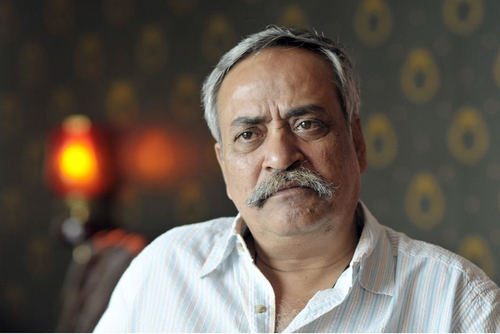

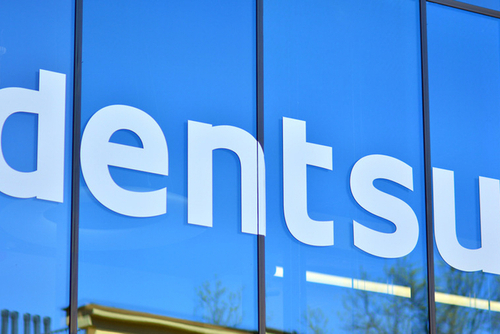
.jpg&h=334&w=500&q=100&v=20250320&c=1)
.jpg&h=334&w=500&q=100&v=20250320&c=1)

+(1).png&h=334&w=500&q=100&v=20250320&c=1)

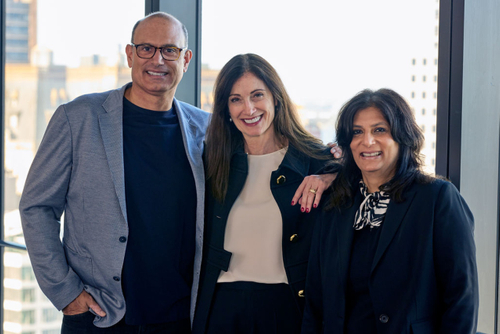

.jpg&h=268&w=401&q=100&v=20250320&c=1)
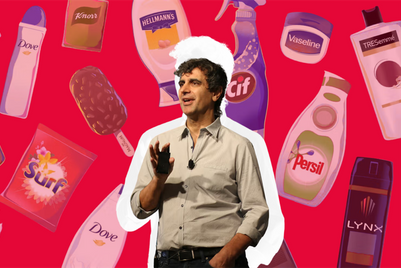

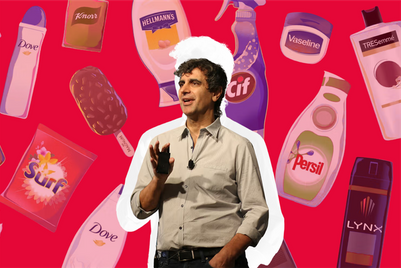

.jpg&h=268&w=401&q=100&v=20250320&c=1)


